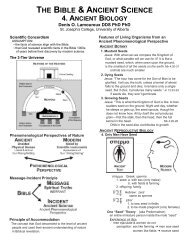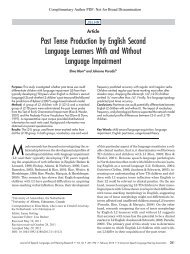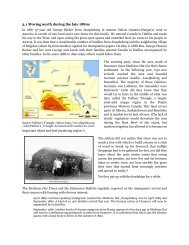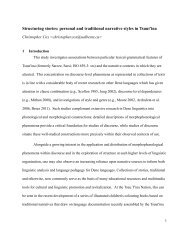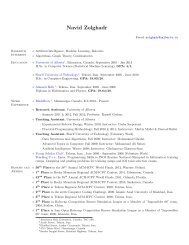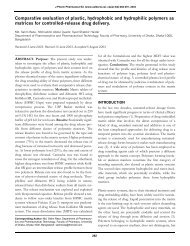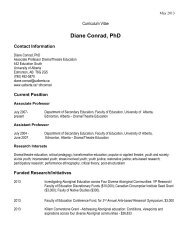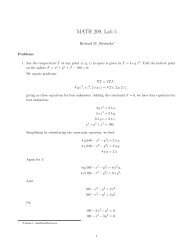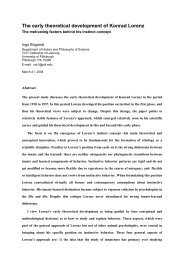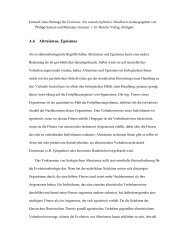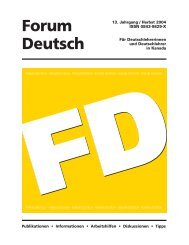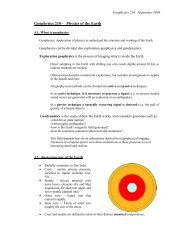Processing of Primary Fischer-Tropsch Products - University of Alberta
Processing of Primary Fischer-Tropsch Products - University of Alberta
Processing of Primary Fischer-Tropsch Products - University of Alberta
Create successful ePaper yourself
Turn your PDF publications into a flip-book with our unique Google optimized e-Paper software.
is limited by the fuel specifications and it is therefore important to preferentially<br />
include molecules with a large octane differential between the olefinic and<br />
hydrogenated (paraffinic) species. Although this does not preclude direct<br />
blending <strong>of</strong> the C5' s, the preferred refining options are:<br />
9 Skeletal isomerisation: Both pentane [23, 24] and pentene [21, 22] are readily<br />
converted to the methyl branched species and a number <strong>of</strong> commercial<br />
technologies exist. Metal promoted alumina, chlorided alumina, zeolites and<br />
metal oxide catalysts are used for pentane skeletal isomerisation, but pentene<br />
skeletal isomerisation is limited to alumina and non-zeolitic molecular sieve<br />
catalysts. The skeletal isomerisation reaction is equilibrium limited [41], but<br />
high conversions can be achieved by recycling the unconverted product. In a<br />
FT environment the high linearity <strong>of</strong> the feed implies that a large benefit can<br />
be derived from skeletal isomerisation. Iso-pentane has an acceptable octane<br />
(RON=92 and MON=90) for a paraffin. Unlike C4's, pentene and pentane<br />
skeletal isomerisation generally requires less severe operating conditions,<br />
thereby favouring the equilibrium for isomerisation that can be closely<br />
approached in commercial operation. The acceptable paraffinic octane, large<br />
octane gain with respect to the linear feed, ease <strong>of</strong> conversion and further<br />
beneficiation possibilities <strong>of</strong> the olefin by etherification, makes it the most<br />
preferred refining option.<br />
9 Etherification: The etherification <strong>of</strong> 2-methyl-l-butene and 2-methyl-2-<br />
butene with methanol yields tertiary amyl methyl ether (TAME). The<br />
importance <strong>of</strong> TAME as octane booster was recognised in the late 1970's and<br />
has been thoroughly studied since then [42, 43]. A number <strong>of</strong> commercial<br />
technologies exist. Although TAME has a slightly lower octane (RON-115<br />
and MON=100) compared to the iso-butene derived ethers, it has a lower<br />
vapour pressure. The low degree <strong>of</strong> branching in the FT material presupposes<br />
pentene skeletal isomerisation and etherification is therefore not a primary<br />
refining option. The decision to invest in etherification technology should be<br />
weighed up against purifying ethanol from the aqueous FT product stream as<br />
alternative oxygenate-containing fuel additive.<br />
The high olefin content makes oligomerisation a possibility. This can be<br />
considered if it is necessary to increase the diesel to petrol ratio or reduce the<br />
vapour pressure <strong>of</strong> the petrol.<br />
3.2.4 C6 hydrocarbons<br />
The most abundant C6 hydrocarbon is 1-hexene, which is a high value co-<br />
monomer used in the polymer industry. It makes sense to extract and purify it,<br />
since 1-hexene also happens to be a poor fuel component (RON=76 and<br />
MON=63). Some oil soluble oxygenates start appearing in the FT product, but<br />
these are mainly non-acid chemicals (mostly carbonyl compounds) and do not<br />
493



